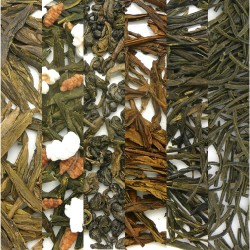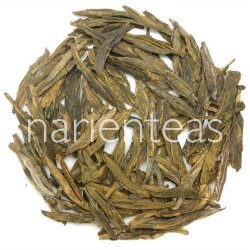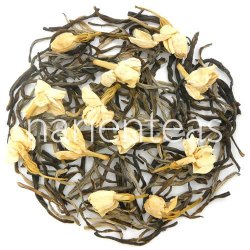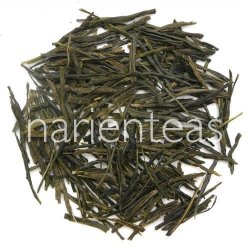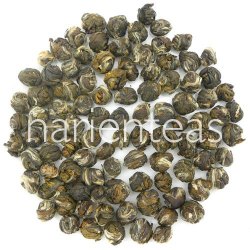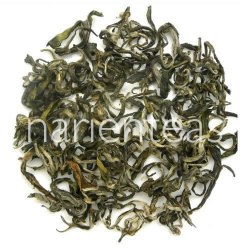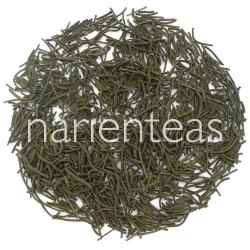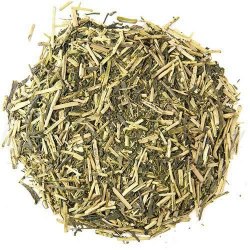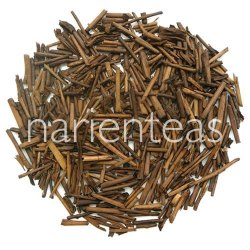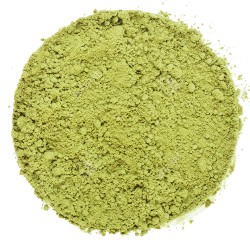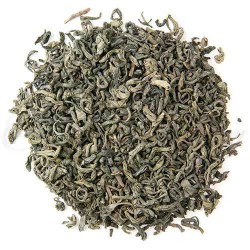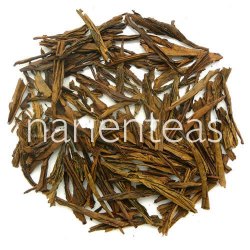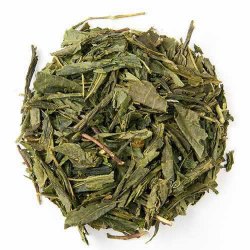- Brewing & Distilling
- Caffeine Free
- Culinary
- Fair Trade
- Medicinal
- Organic
- Sprouting Seeds
- Tisane
- Viable Seeds
- Wildcrafted
Free Shipping $69+
MLK Jr Day Discount 25%
Green Tea
When you sip green tea, you are drinking tea as it has been consumed for thousands of years. The leaves are prepared in a way that captures the color, scents, and vibrancy of those freshly plucked from the bush.
New to green tea? Try our Green Tea Sampler
Green tea is an unoxidized tea. The tea liquor will range from a pale yellow green to a pale green. The leaves are processed very quickly so they do not have the chance to brown, retaining the initial essence of these wondrous leaves. Some green teas are covered by shade for a few days to weeks before plucking yielding more vegetal flavors in the finished tea. Some people think that they do not like green tea because they have only consumed poorly brewed greens. Green tea steeped in boiling water will be stewed and taste bitter. It is particularly important to be careful with time and temperature.
Green tea is most famously made in China and Japan. Chinese greens tend to be lighter and less intense than Japanese greens. They have a slight sweetness to them. Japanese greens are more vegetal in character.
China has been producing green teas for 5,000 years. While the very first teas were simply leaves placed in boiling water, green tea processes evolved over the years to produce teas that were highly prized. Green tea was brought to Japan from China by monks who became enamored with it during their studies. They valued it for its ability to keep them awake and alert during their lengthy meditations.
The caffeine content of teas depends upon many factors: the cultivar of the tea plant, the age of the leaf being picked, and where on the stem the leaf is located, how long it is oxidized, leaf size, how much leaf is used, the temperature of brewing, and how long the tea steeps.
Studies have shown that one pound of tea leaves has more caffeine than one pound of coffee. However, it takes less tea than coffee to brew a cup. Therefore, there is actually 50-65% less caffeine in a cup of tea than in a cup of coffee. Plus, the way the caffeine is absorbed is different. With tea, the caffeine is absorbed more gradually so you tend not to get the big caffeine burst nor the caffeine crash.
Because green teas are generally brewed at cooler temperatures with shorter steep times, their caffeine content would be lower than some other teas. Some suggest that green tea has caffeine of about 1/3 that of black tea and probably 1/4 of that in a cup of coffee.
